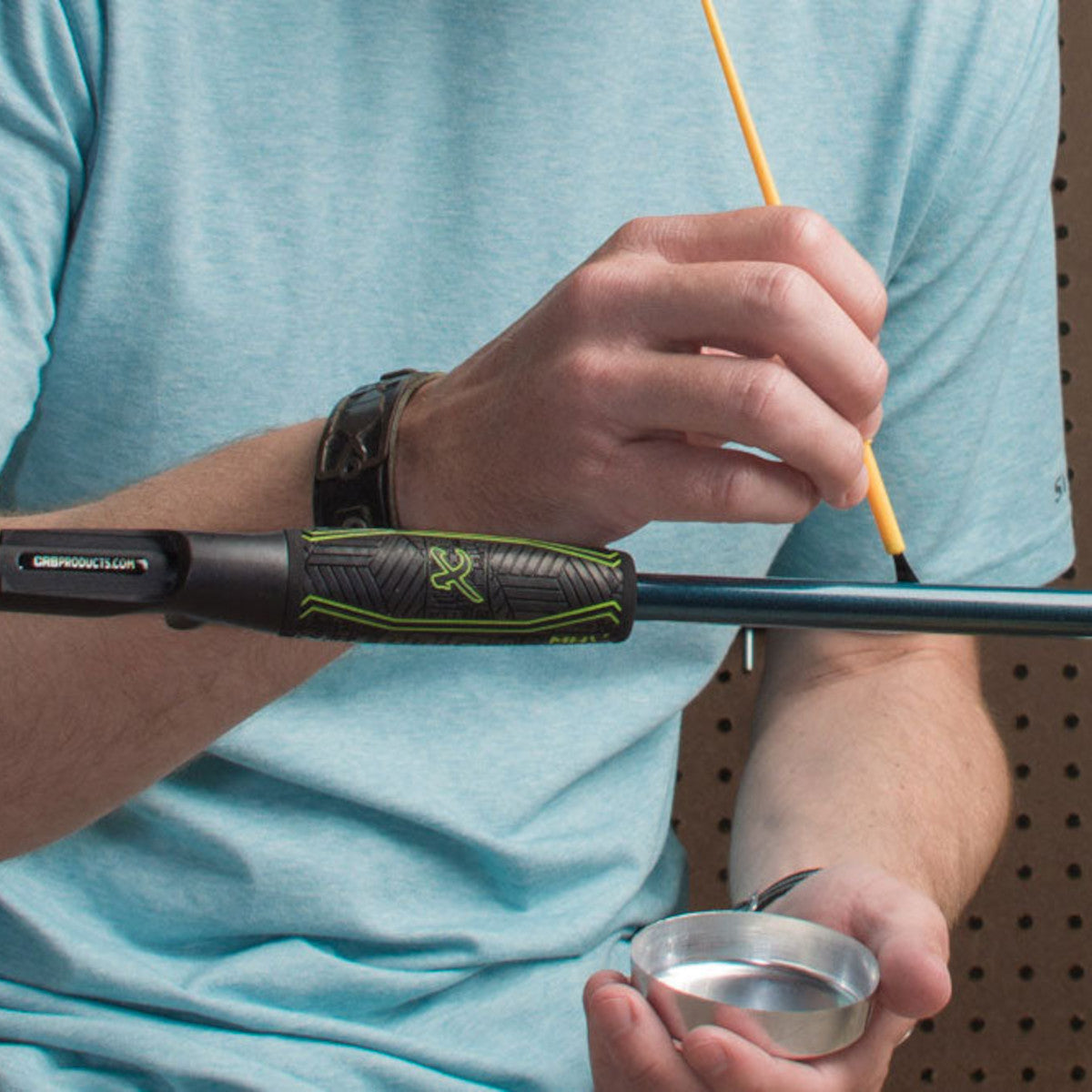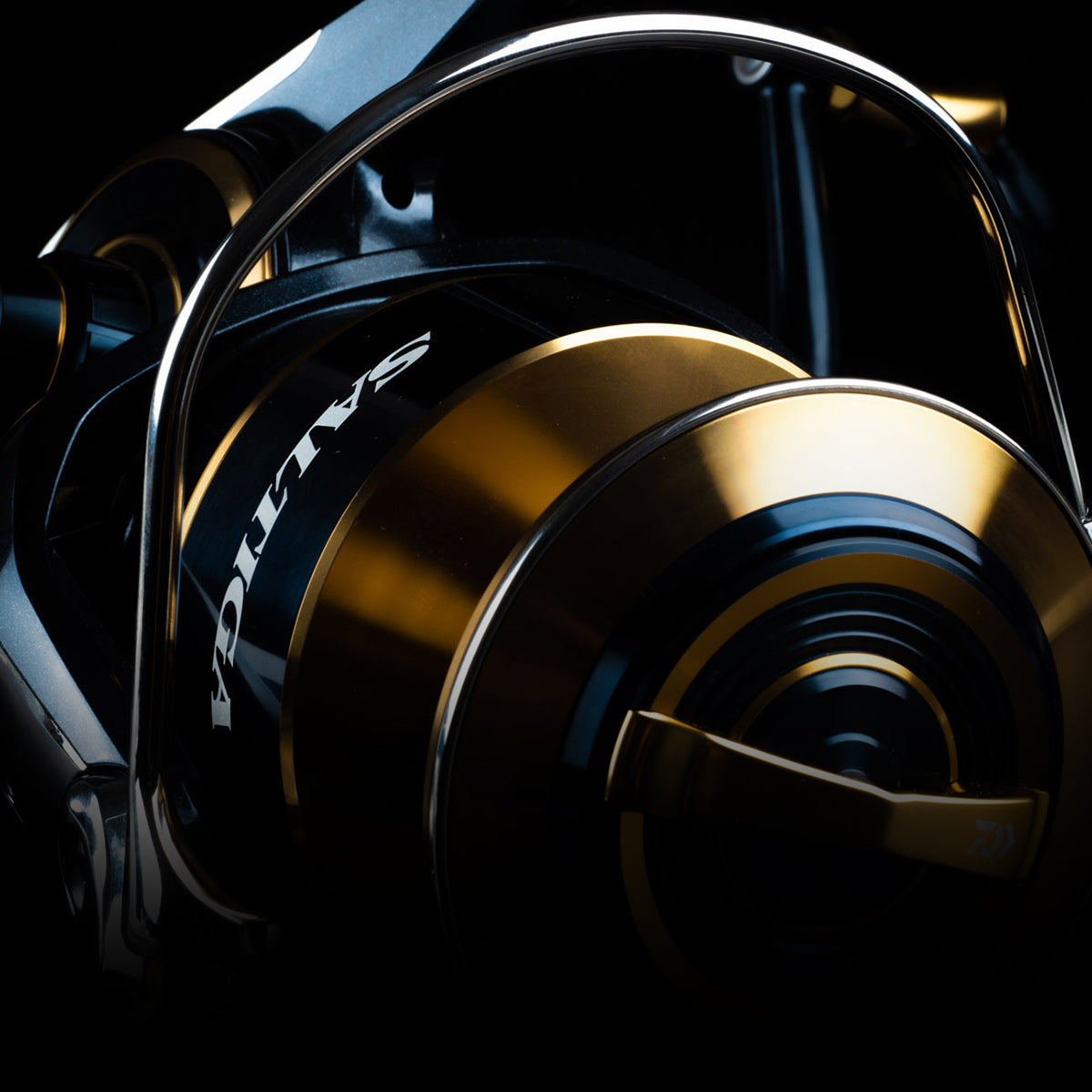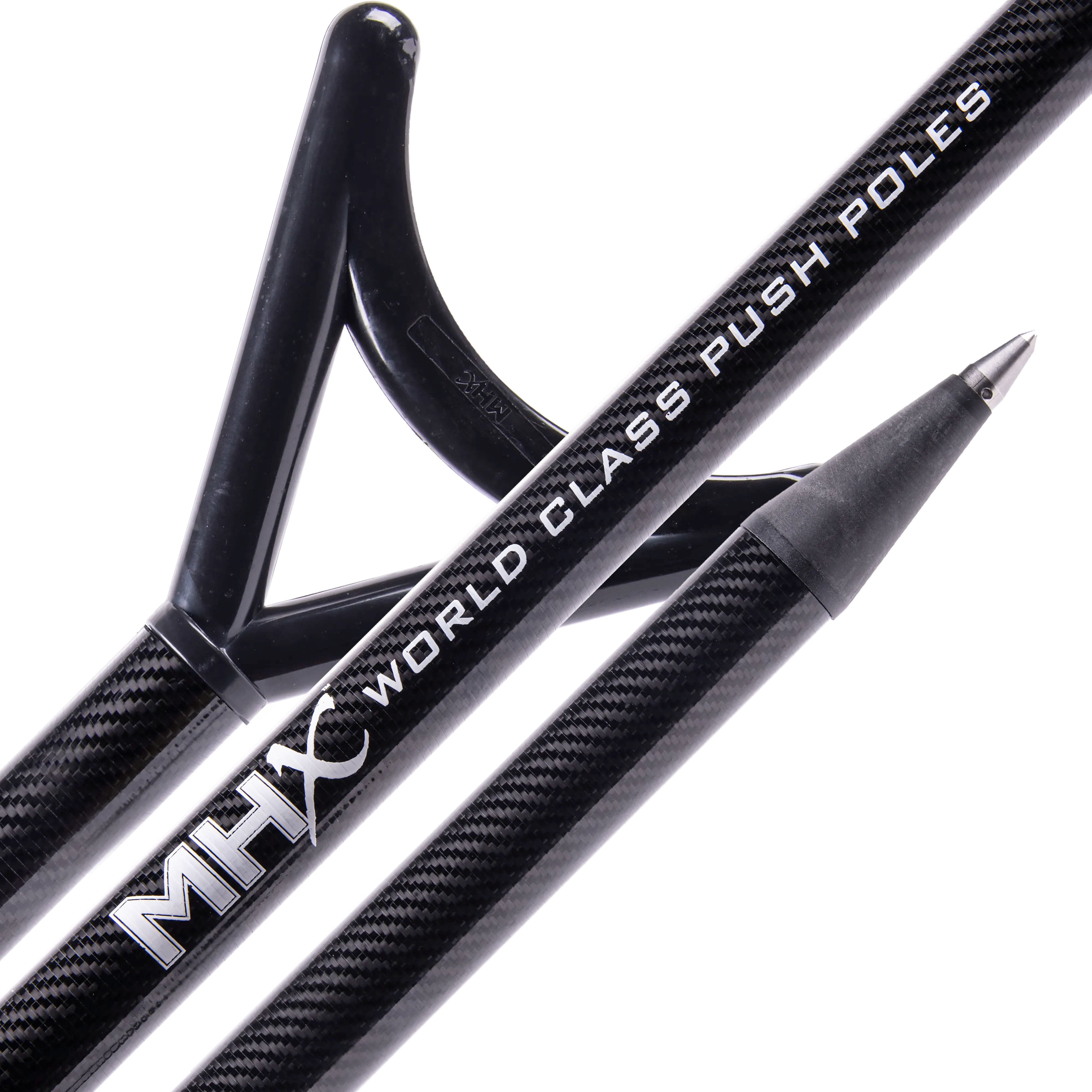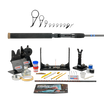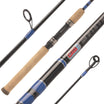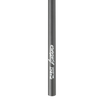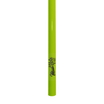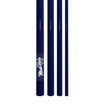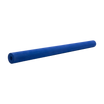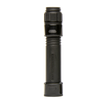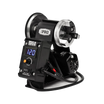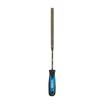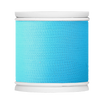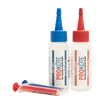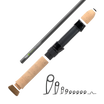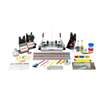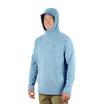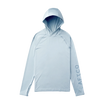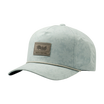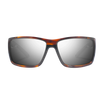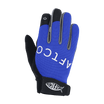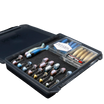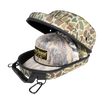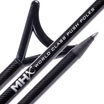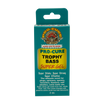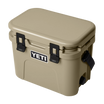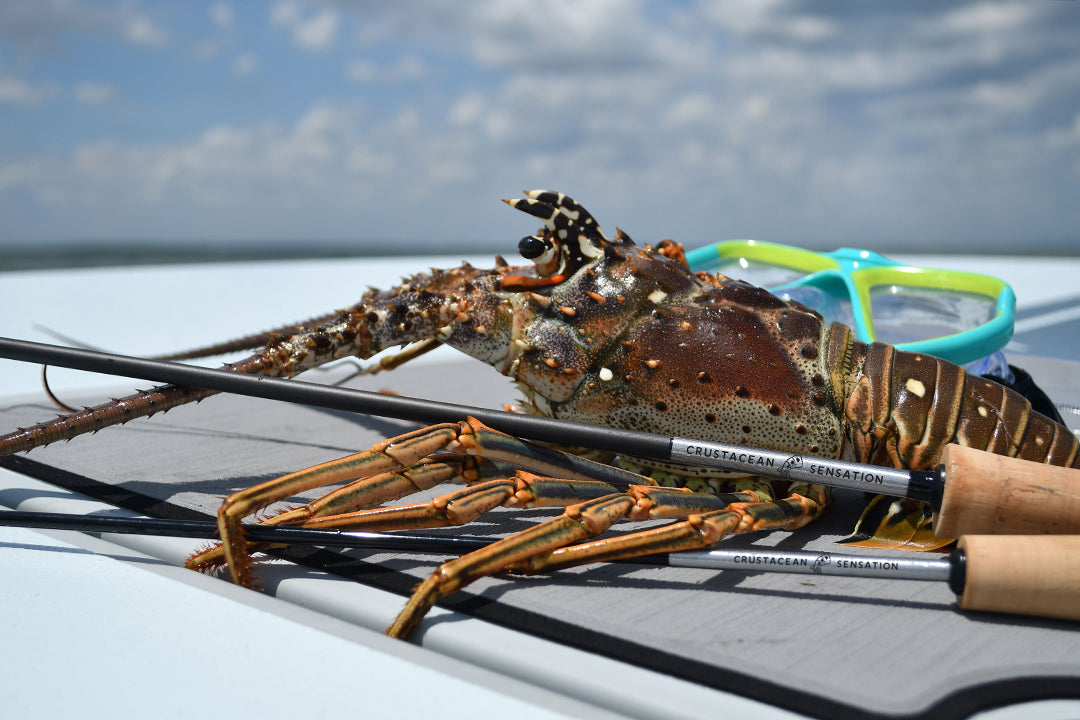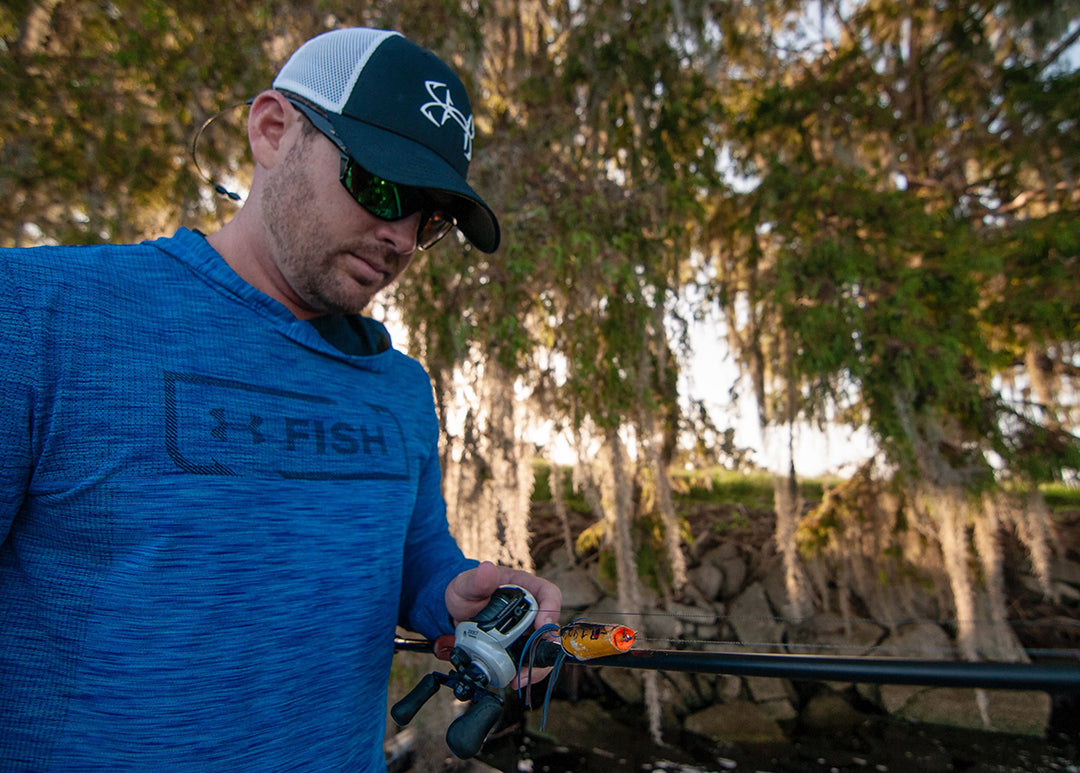For all the fishing that our great State of Florida offers, there are many other recreational activities that anglers can enjoy throughout the year. One of the most popular is called lobstering. Yes, many lobsters are caught in placed traps, but many are caught by recreational divers and snorkelers in South Florida and The Keys.
I know what you are thinking, “how is this related to rod building”? Well, what started out as somewhat of a joke turned into a fun project anyone can build.
Lobster Tickle Stick
Let’s start by covering what a lobster tickle stick is and how it is used.

Tickle sticks come in several different materials from metal to fiberglass and range in price from $3.00 to $20.00. Some are just a metal stick, and others have grip and even a wrist leash to keep you from losing it while diving.
The idea is to coax a lobster out from their hidey-hole that might be under a rock or from tunnels throughout coral reefs. As a responsible diver you want to refrain from touching the coral in the first place, so the tickle stick gives you the ability to reach a lobster that would otherwise be out of reach.

Once you have spotted the lobster you want to gently slide the tickle stick underneath their midsection and back towards their tails. By carefully tapping “tickling” them on their tail, you can get the lobster to walk towards you. Once you have them out in the open you bring the hoop set close by and you can trigger the lobster to kick backwards in their fleeing action but kicking right up into the waiting hoop net.
Now that you have the general idea of what I am talking about and how to use it, let's build a custom tickle stick.
Choosing Your Components
Honestly, I have never heard of anyone building their own so this is a first for me as well. I do have a few things in mind on what I want my tickle stick to be.
So, I decided to build one with a rod blank. Walking the aisles of the Mud Hole warehouse I tried different grips, blank options and accessories to make it unique.

Full disclosure, I built multiple tickle sticks. One was from a broken rod that I cut into a 36" piece and the other was from the CRB GB-39 ice blank. I like both but for slightly different situations. The broken rod is graphite and very stiff. You can slide that rod blank under the legs and belly of the lobster and lift and in a way guide the lobster out.
It is not as delicate though as the CRB glass blank. You can flex the ice rod blank and get it into places where you can not get the other blank or even a metal tickle stick. Both are quite strong and why I chose the solid glass ice blank over the carbon ones.
Handle Setup
As you can see I went with a fly grip. I picked both the full wells FW75-250 and the cigar shape C65S-225 as they are both ergonomically shaped and not too long. The rod blanks and even the store bought tickle sticks are a thin diameter and without a handle they are, well, hard to handle. I went cork because it has excellent buoyancy and the full wells has a .250" inner diameter while the cigar cork grip has a .225" to create a perfect fit on the thinner diameter ice blank.

One of the unique parts of this build is I do not place the handle all the way at the end of the rod blank. Reason being, I am going to wrap the hook keeper as my wrist leash retainer. I chose the American Tackle Deluxe Hook Keepers as only one side is wrapped so your leash clip can be removed quickly.
Check out the handle placement and hook/leash keeper location during the float test! Also pay attention to the rear winding checks. Don't forget to add ones on both the top and bottom of that grip. I used the rubber ones that come in the 8-piece kit RWC-XS.

Measurement Guide
Although not too many components went into this build I tried to incorporate some useful things so you are not carrying more than you need while diving for lobster. One of the final features of this build is somewhat hidden if you did not know it is there. Directly in front of the grips you will see a solid wrap of metallic silver thread. It is there as a built in measuring guide for the lobster.
To measure a Spiny Lobster, you must measure them in the water and from the front of their carapace where their eyes are located to the back of their carapace. Remember the spiny lobster have rostral horns and they are not included in the measurement.
Quote and image from Florida Fish and Wildlife Conservation Commision.


Custom Decal Placement
Last but certainly not least, your custom tickle stick has to have a cool name and its own decal. As always the graphic department here at Mud Hole can create and print you a custom decal for your fishing rod or now tickle stick.
As we have taught previously, when you want a decal over a thread wrap, you want to add a thin, smooth coat of finish over the wrap and let it cure completely. This will now provide the perfect spot for your custom decal.

Once your decal is applied you can now add the final coat of finish and you are ready to hit the water. Introducing The Crustacean Sensation tickle stick.
Spiny Lobster season is open in Florida from 12:01am August 6th until mid-night March 31st 2025. So, either dig through your broken rod blanks or grab a fiberglass ice blank and get to building!

Do pay attention to the bag limits depending where in Florida you decide to dive.
We brought home two Spiny Lobster and even made some Surf and Turf to spoil ourselves. Hope you enjoyed this blog!


